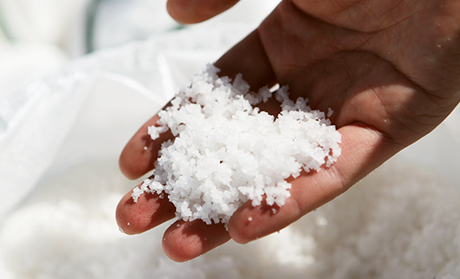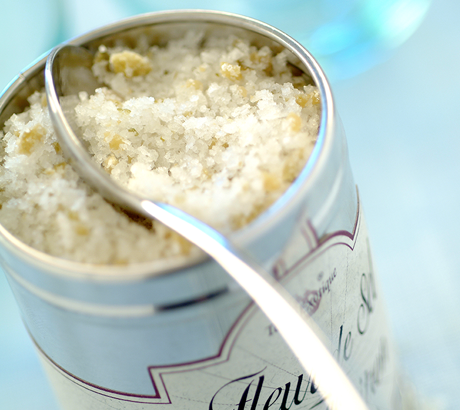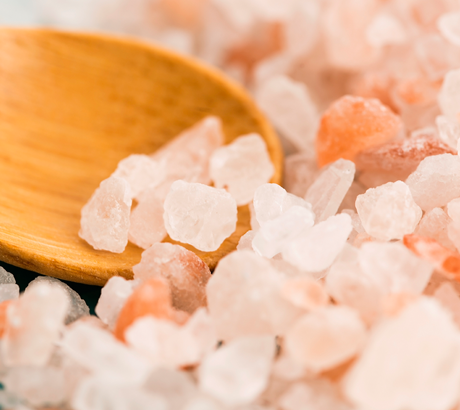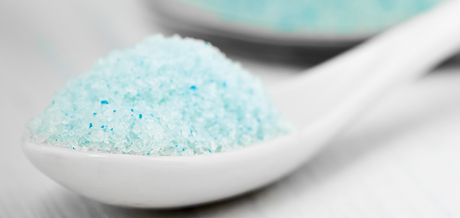Salt Guide
Salt is an important resource in the human history as an essential ingredient in food production, storage and cooking as well as maintaining metabolism. Because of these characteristics, various types of salt are being produced worldwide. People would usually think of white salt, but depending on the origin, salt can be produced in different colors. These natural ingredients created by nature and time are distinct in taste and embrace the natural environment, culture and history of each origin
Sinan Sea Salt, Korea

-
This salt from Sinan, Jeollanam-do is produced in the salt farm 50 km away from the land by purifying the seawater from the west coast with fresh watr and then drying with the natural sunlight and sea breeze.
Since sea salt is made by evaporating seawater as it is, it contains other ingredients besides the salt dissolved in the seawater, which means the salt concentration is relatively low. In addition to sodium, it is rich in minerals such as potassium, magnesium and calcium, and the concentration of sodium chloride is less than 70%.
Guérande salt, France

-
Guerande is a city located in the west of Nantes,
France known for its great sea salt.
Guerande salt can be divided into three types – fleur de sel, gros sel, and sel moulu. Fleur de sel, also known as flower salt,
is obtained by carefully scraping the surface of the salt farm.
It is white as snow, soft and relatively less salty, so this special salt loved by the gourmets.
It is expensive since it is only produced in small quantities. Although it is less salty, it has a rich taste that melts in your mouth
, so it is used mostly as table salt rather than for cooking.
After scraping the flower salt, the 5mm-thick salt gros sel, which is mainly used for cooking, is obtained by pushing and pulling the sputum-like liquid in the salt farm dozens of times.
Sel moulu is made by grinding thick salt and is used for cooking or simply as table salt.
Pink Salt, Himalaya

-
Rock salt is a salt that remains as a mineral after seawater evaporates, and more than 98% of it is made of sodium chloride.
Since Korea is surrounded by the sea on its three sides, sea salt is more commonly used. However, in the US, Europe, China, and other countries, people use rock salt to make edible salt. The beautiful pink Himalayan Pink Salt is the finest rock salt, nicknamed “royal salt,” and is the purest salt produced in the seabed submerged beneath the Himalayan Mountains.
The darker the pink color, the higher the amount of minerals contained, and the salt tastes slightly different.
The taste is finer than fleur de sel from France, therefore it is used for appetizer dishes a lot.
This salt is ground into fine flakes for culinary use, and the price tends to be expensive since it is only collected manually by skilled locals.
Blue Salt, Persia

-
The Persian Blue Salt is taken from the Ergurs Mountains, which have been buried in the land of northern Iran for more than 1000 years. Each crystal refracts light in a unique way, creating an optical illusion in our eyes.
Its first taste is intensely salty, but it doesn't last long in your mouth, so it is used with the finest ingredients like foie gras and truffles.





